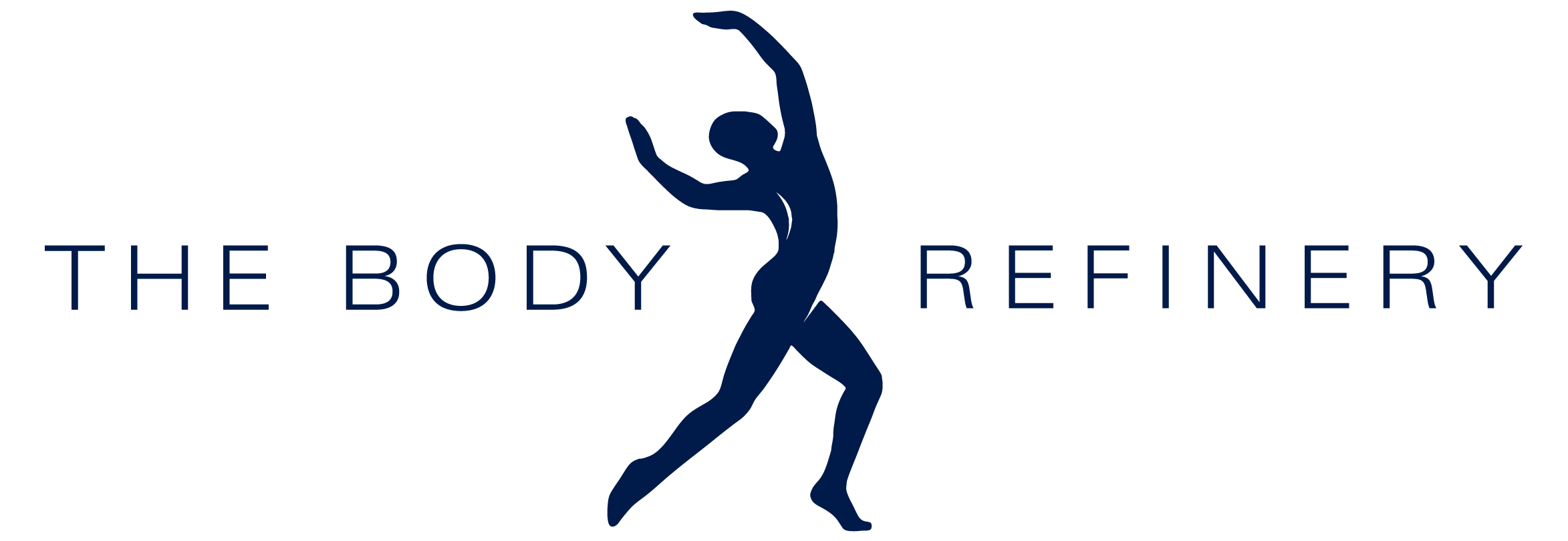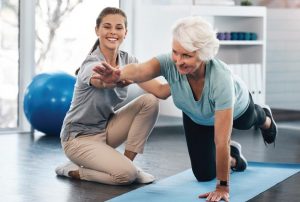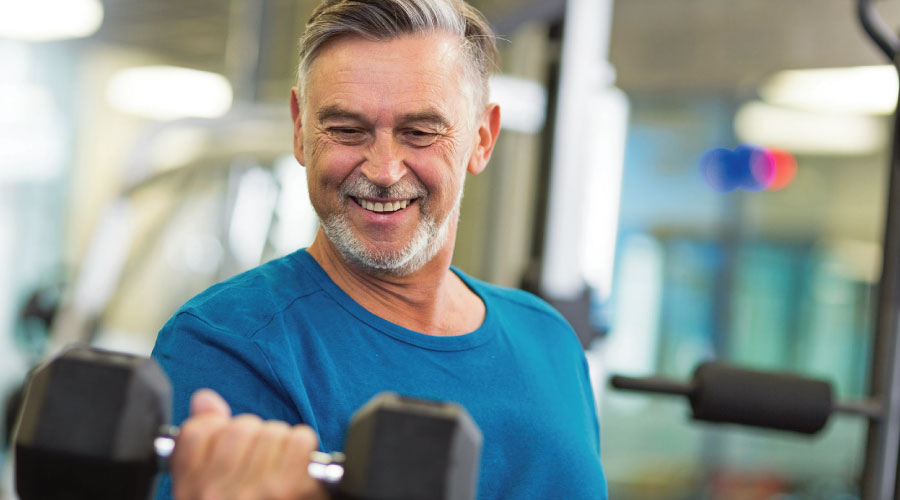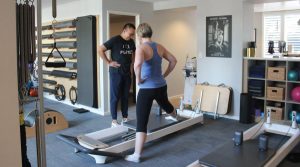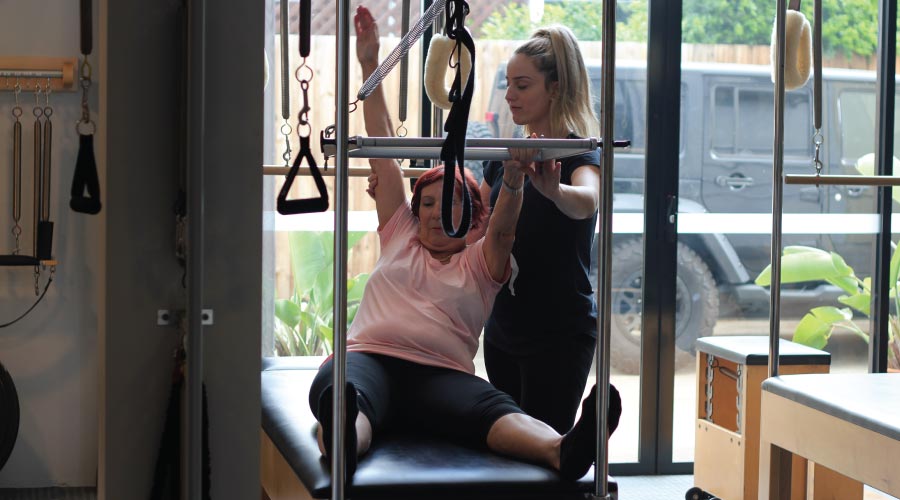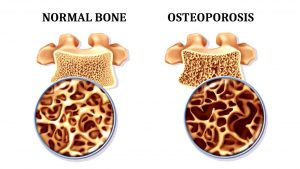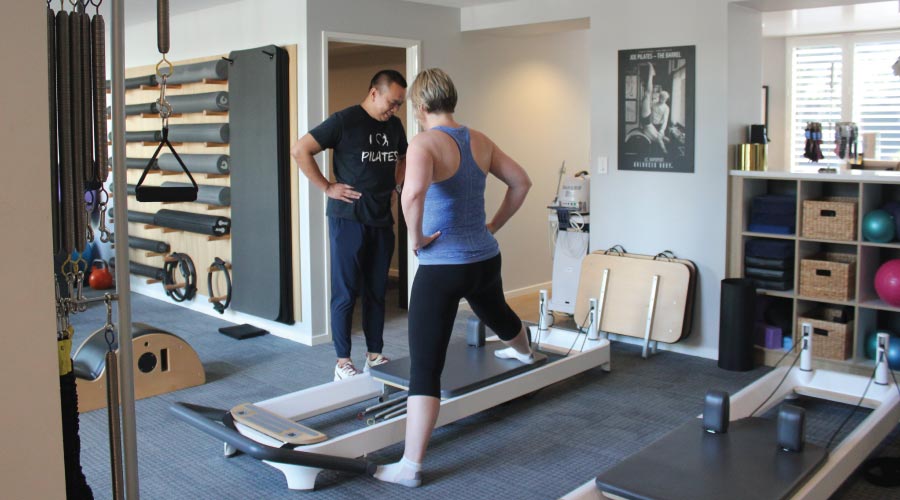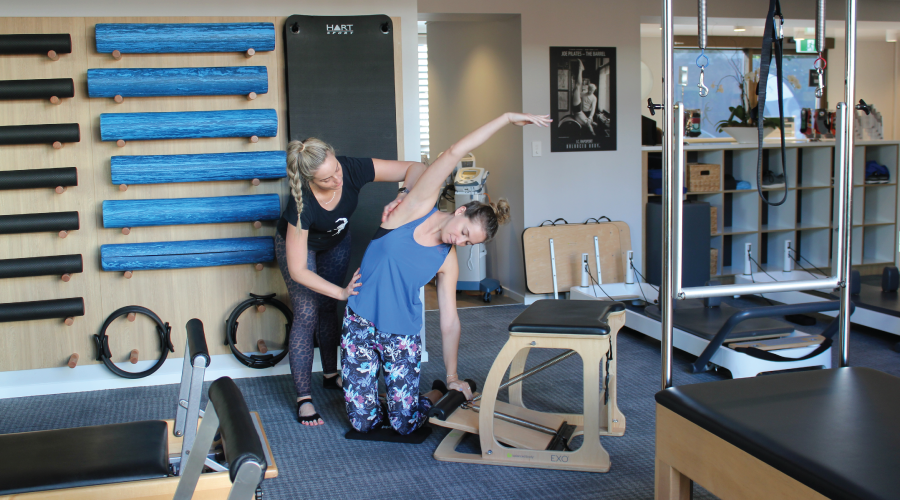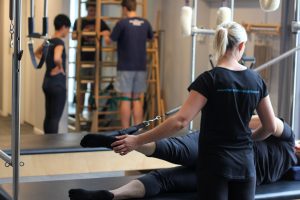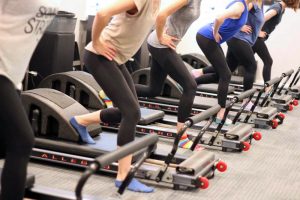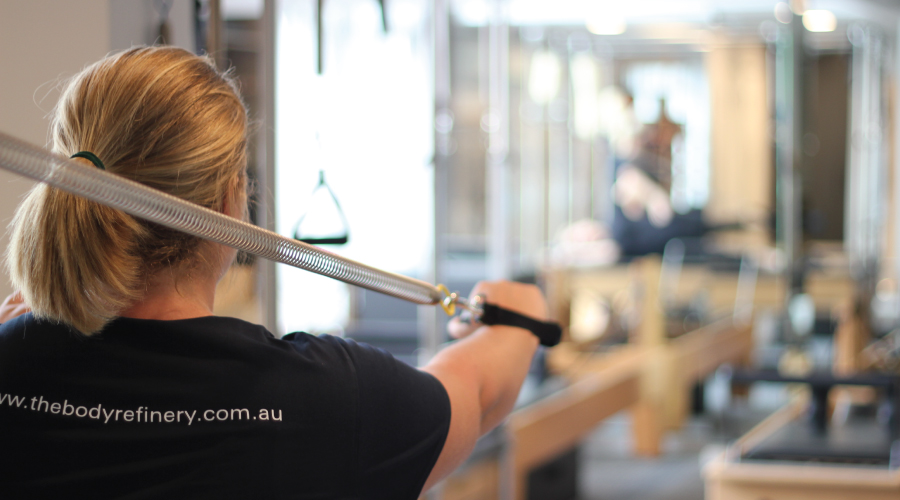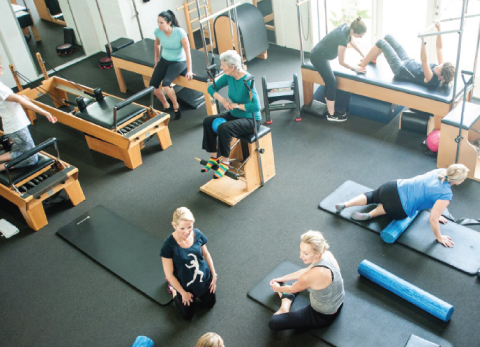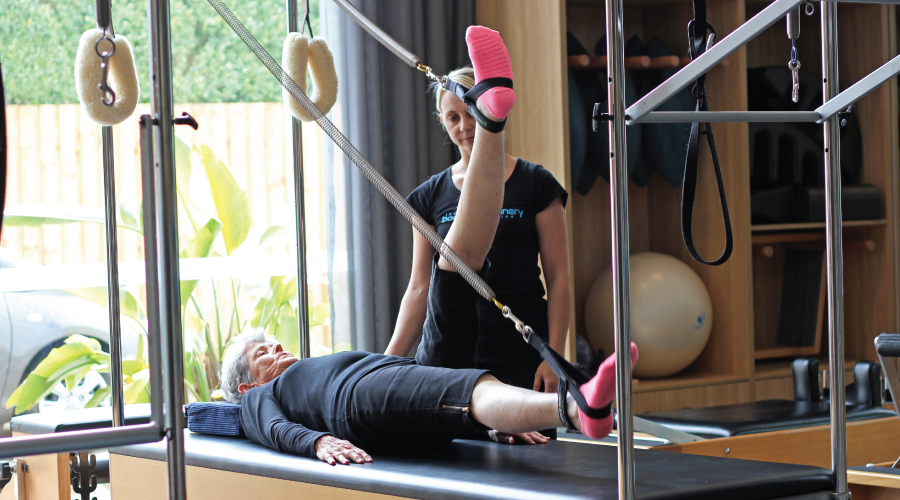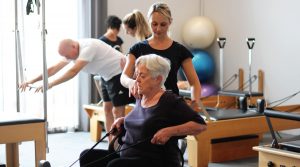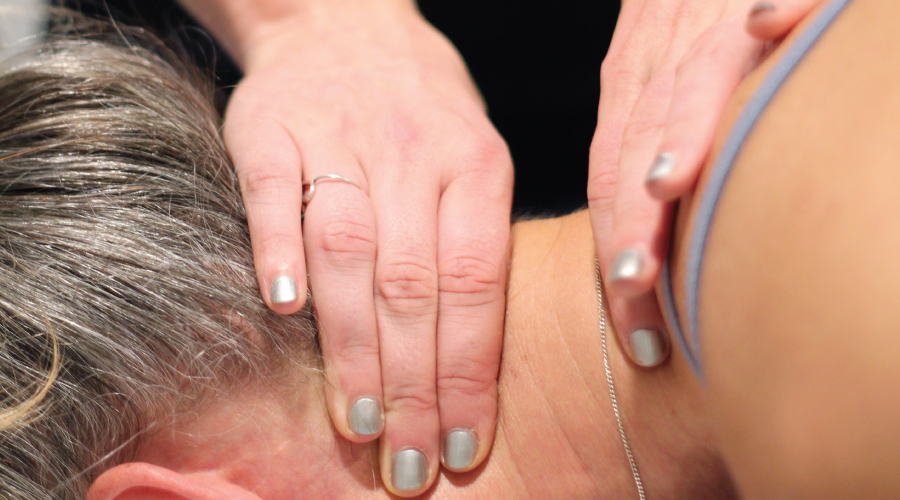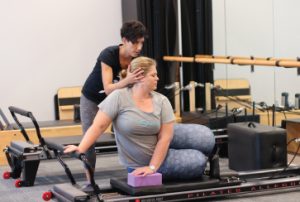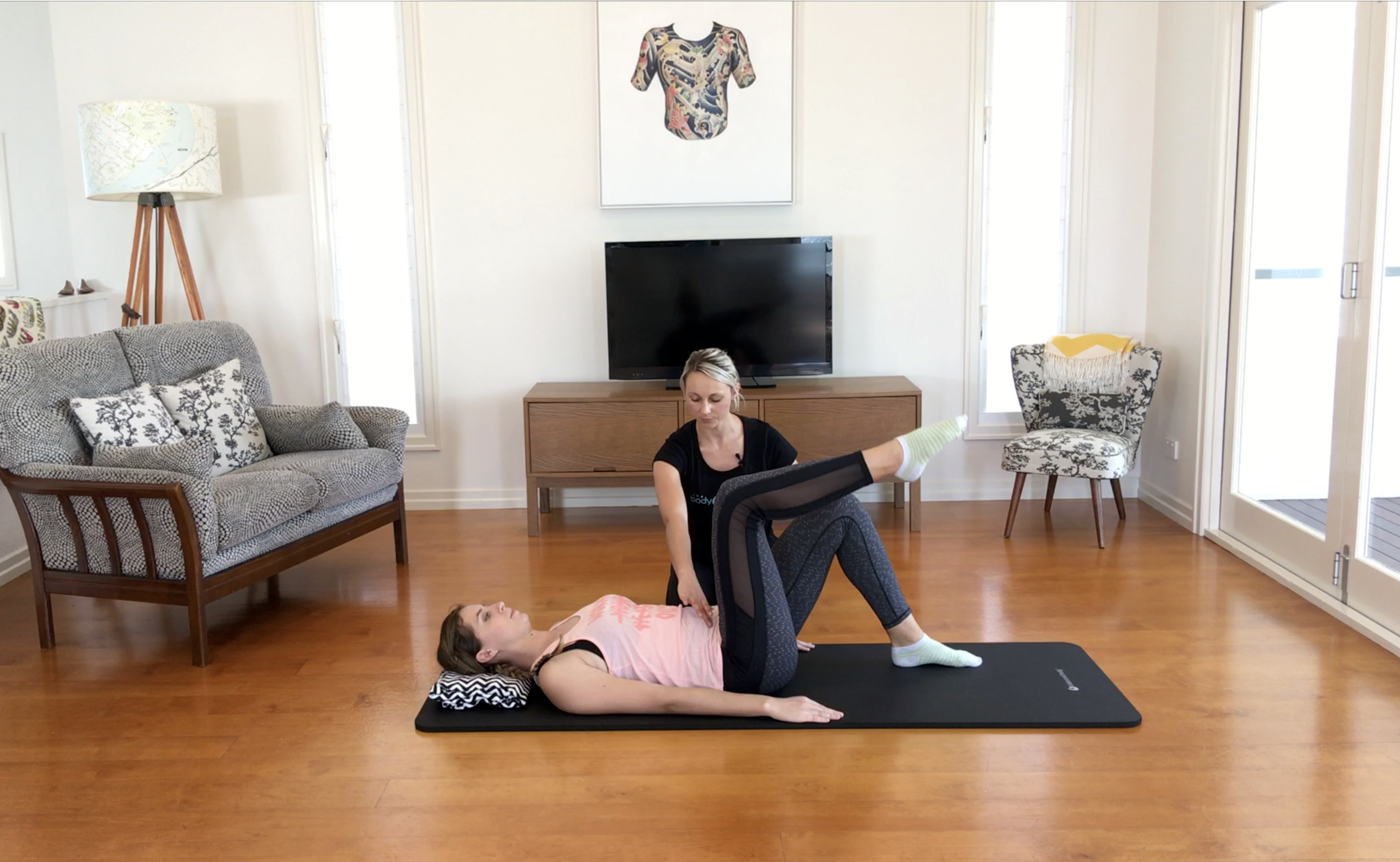
Many of us are familiar with low back pain. In fact, most people will experience low back pain at some point in their adult life, with many of those people experiencing recurrent episodes or episodes acute enough that the pain and its effects limit their activities of daily living. The cost of health care, loss of work and income can be significant, not to mention the burden of experiencing and managing this pain and how this affects our participation and enjoyment of life.
Our brain and bodies are very clever – when the brain receives messages that there is a perceived problem or pain in an area such as the back, it responds by recruiting muscles around the area to tighten and stiffen in order to ‘guard’ the body segment and those around it and to limit movement. This is a “first aid” response to create stability by locking everything down, also known as ‘spasm’ or ‘back spasm’. This can happen to varying degrees – sometimes you’re unable to move, other times there will just be increased stiffness and tightness. When this occurs, it is common to also experience secondary discomfort from the contraction and lack of circulation in the muscles, and stiffness in the joints.
The great news is that you can proactively manage low back pain. Depending on where you are in your back pain journey, we recommend a combination of hands-on treatment with your osteopath, physiotherapist, myotherapist or remedial massage therapist, along with exercise rehabilitation with your physiotherapist, exercise physiologist or diploma-trained Pilates instructor. In between sessions you can use these three simple tips anytime you’re feeling sore or stiff to keep you moving and pain-free.
Release the hips
Here are some gentle stretches for your hips and some release work you can do with a ball to help reduce spasm and tightness.
- Hip flexor stretch
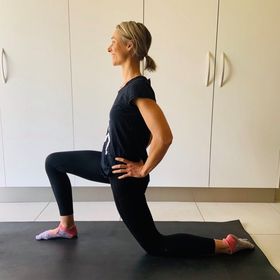
- Glute stretch
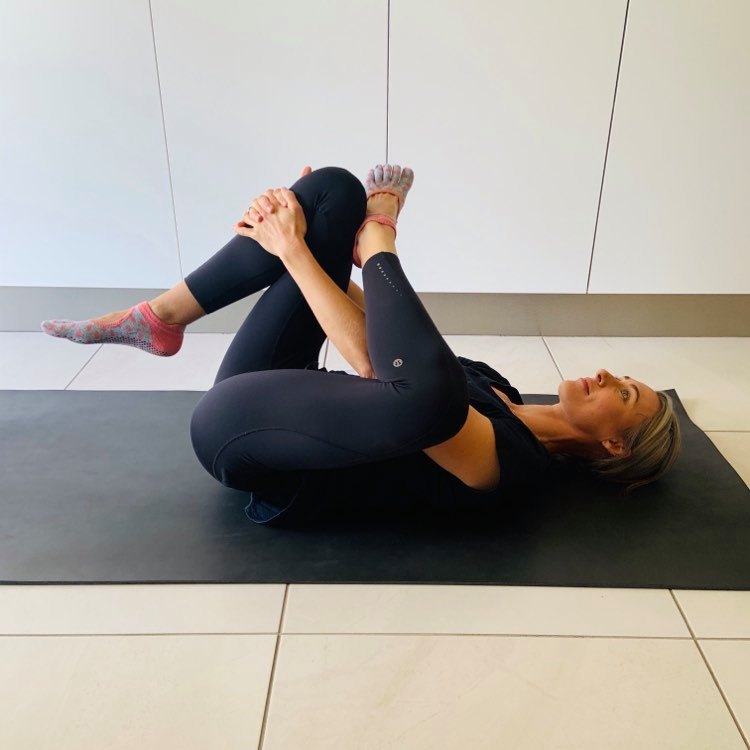
- Hamstring stretch
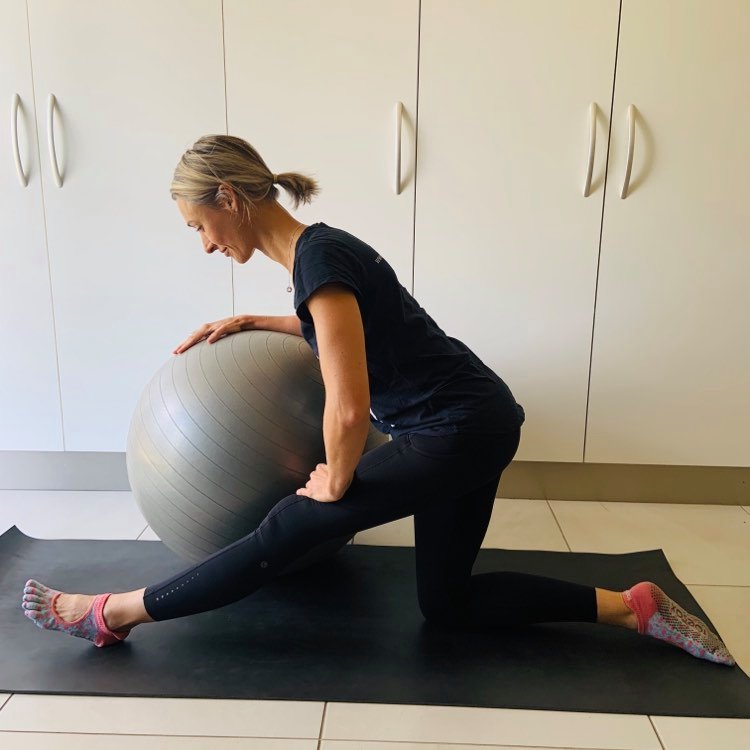
Move the spine
The aim here is to get the spinal segments around the affected area moving well, then gently start moving the affected segment in safe, non-painful ways. Moving your joints will help decrease tension and improve circulation in the area.
- Thoracic Mobility: book openings
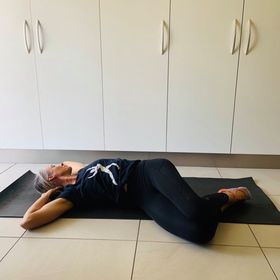
- Lumbar rotation: side-to-side (feet elevated on a lounge or legs on a fit ball).
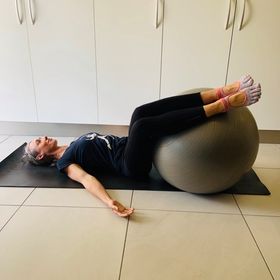
Activate the stabilisers & reiterate to the body that it is safe to move.
Once you’ve reduced some of the tightness and stiffness, you can do some gentle activation and stabilisation work to help support the joints and tissues, in addition to sending reassuring messages to your brain that it is safe to move. Focus on moving with your breath here.
- Supine core/hip disassociation: bent knee opening
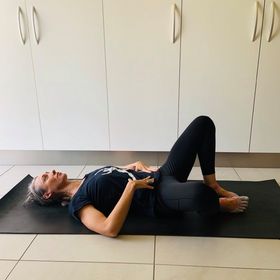
- Glute med: Sidekick/clam
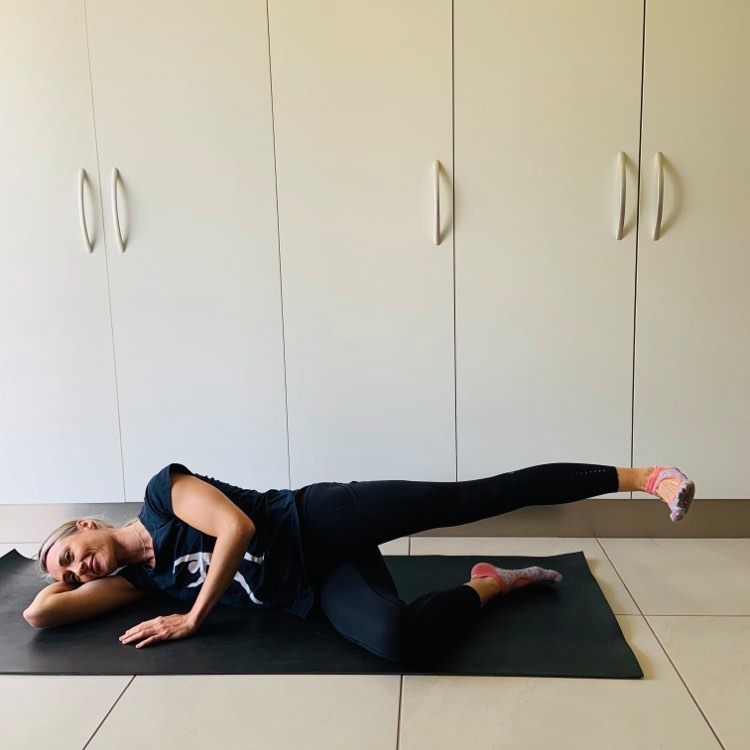
- Glute max: Bridge
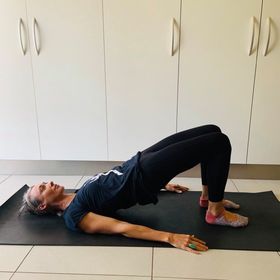
- Quadruped: spinal stabilisers
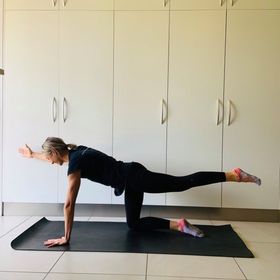
These are just a few general tips. We recommend having an assessment and receiving specific advice and guidance on which exercises and stretches will provide the greatest benefit to you, your particular symptoms, and the underlying cause of your back pain. Contact The Body Refinery for further in-person support from our wonderful health care team, who are armed with the knowledge and experience to guide you through healing, rehabilitation and prehabilitation to avoid recurrence, keep you moving well, and enjoying life.
written by Myotherapist and Pilates Instructor Sarah Holloway
